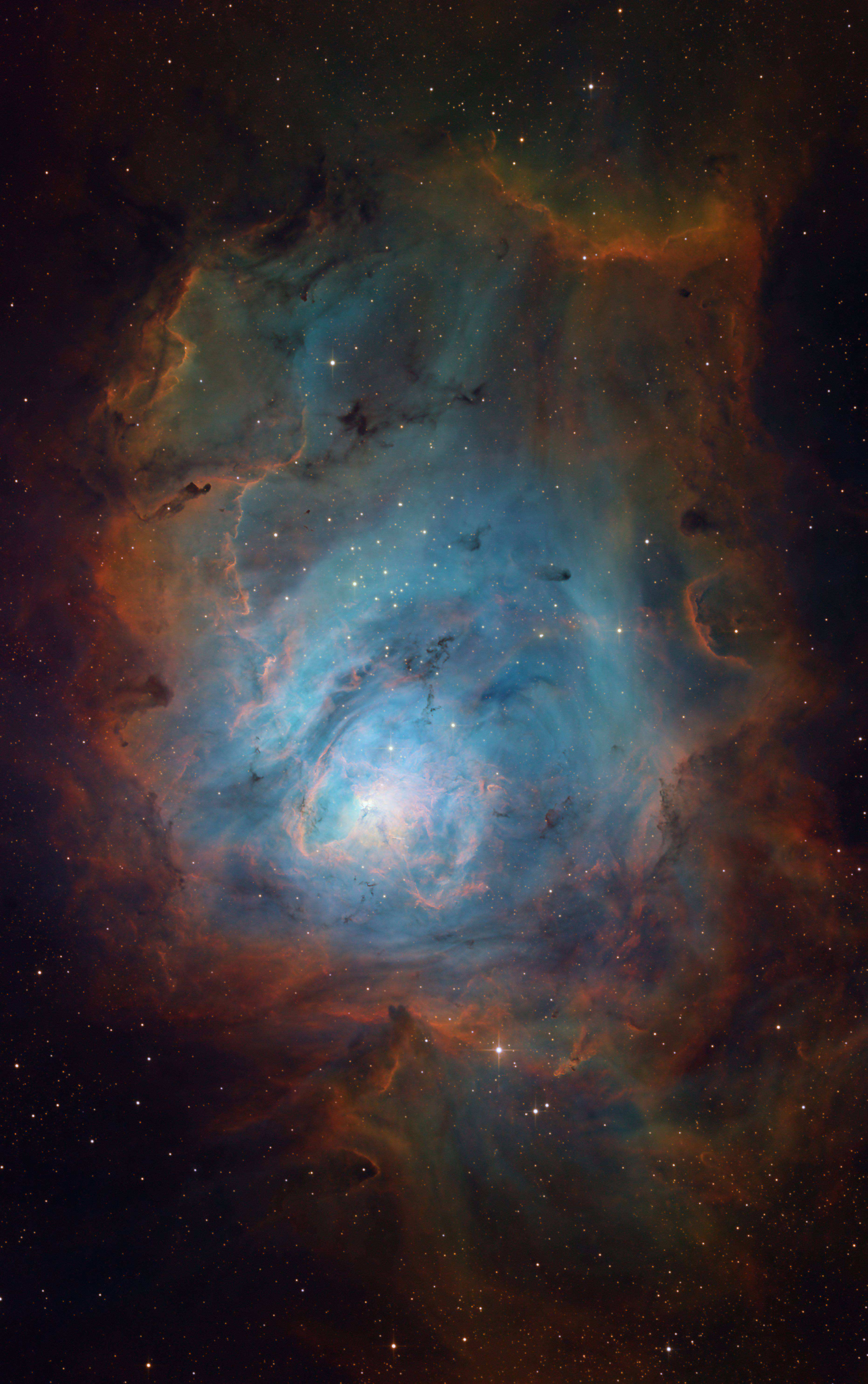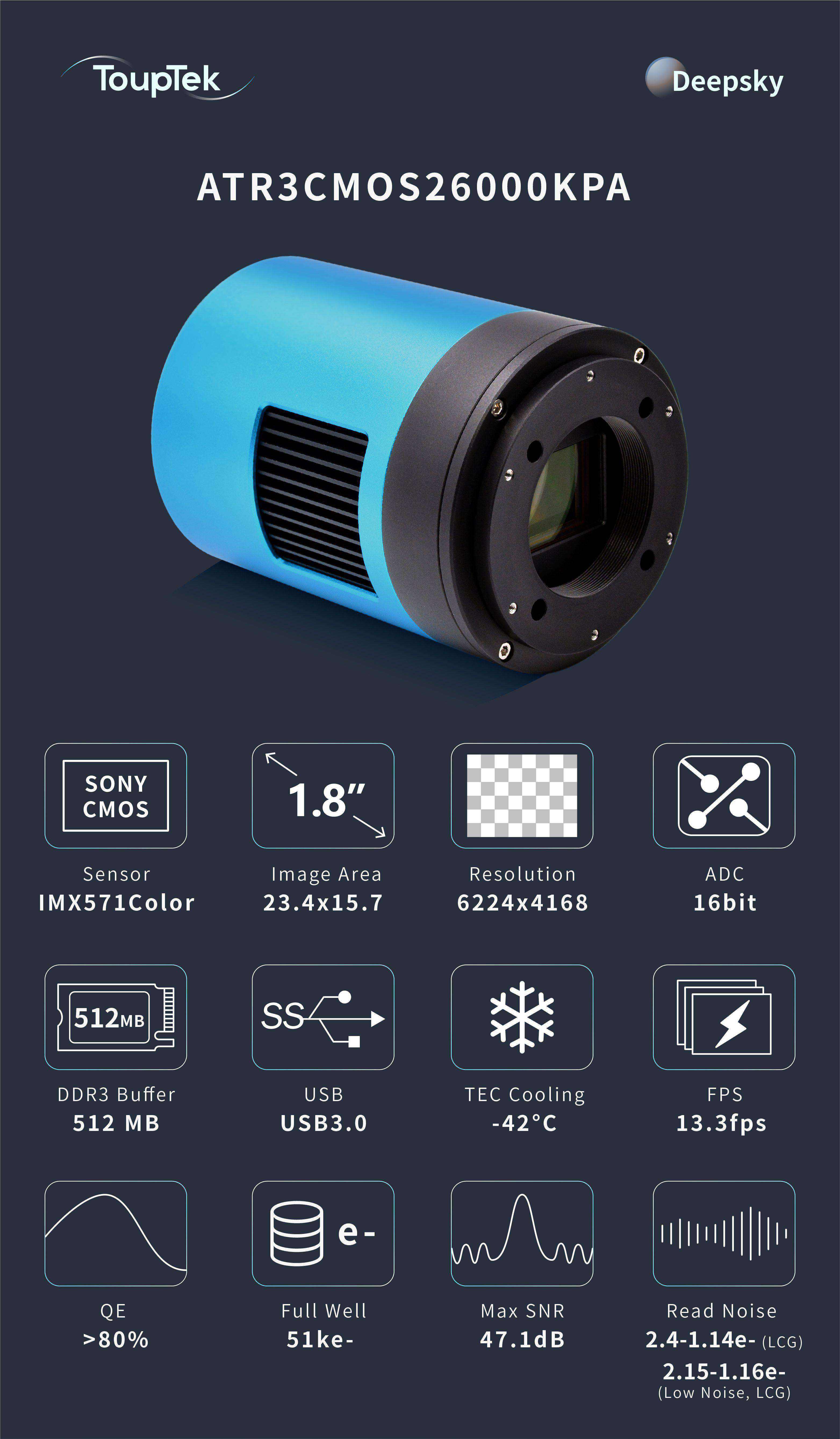Located in the constellation Sagittarius, the Lagoon Nebula, also known as M8, is a captivating celestial wonder that has fascinated astronomers for centuries. Stretching across about 55 light-years, this vast stellar nursery offers a mesmerizing glimpse into the birth and formation of stars. In this article, we will explore the captivating features and scientific significance of the M8 Nebula.
The Lagoon Nebula is a bustling hub of star formation, hosting bright, young stars as well as massive clouds of gas and dust. These colossal clouds are the fuel for the birth of new stars, giving rise to a diverse population of stellar objects, including hot, massive stars and protostellar cores.

photographer:Klyress
camera:ToupTek ATR3CMOS26000KMA
telescope:Skywatcher 150P/F5
Equatorial mount:heq5 pro
Filter:Optolong SHO 3nm
At the heart of the nebula lies a cluster of hot, luminous stars, illuminating the surrounding gas with their intense radiation. The result is a visually stunning combination of vibrant red emission areas, glowing blue reflection nebulae, and dark, dusty regions that create intricate patterns resembling a lagoon, hence its name.
The intricate structure of the M8 Nebula offers astronomers insights into the processes involved in star formation. The glowing gas and dust clouds reveal the presence of protostellar discs, where planets may eventually form, further adding to the intrigue of this cosmic spectacle.
For astrophotography enthusiasts, the Lagoon Nebula presents an ideal target for deep-sky imaging. Its colorful and intricate features provide an excellent opportunity to capture the awe-inspiring beauty of the universe.

ToupTek ATR3CMOS26000KPA
Studying the Lagoon Nebula helps scientists understand the physical processes involved in the birth and evolution of stars. By analyzing the properties of the nebula and its stellar population, researchers gain valuable insights into star formation, stellar dynamics, and the structure of interstellar matter.